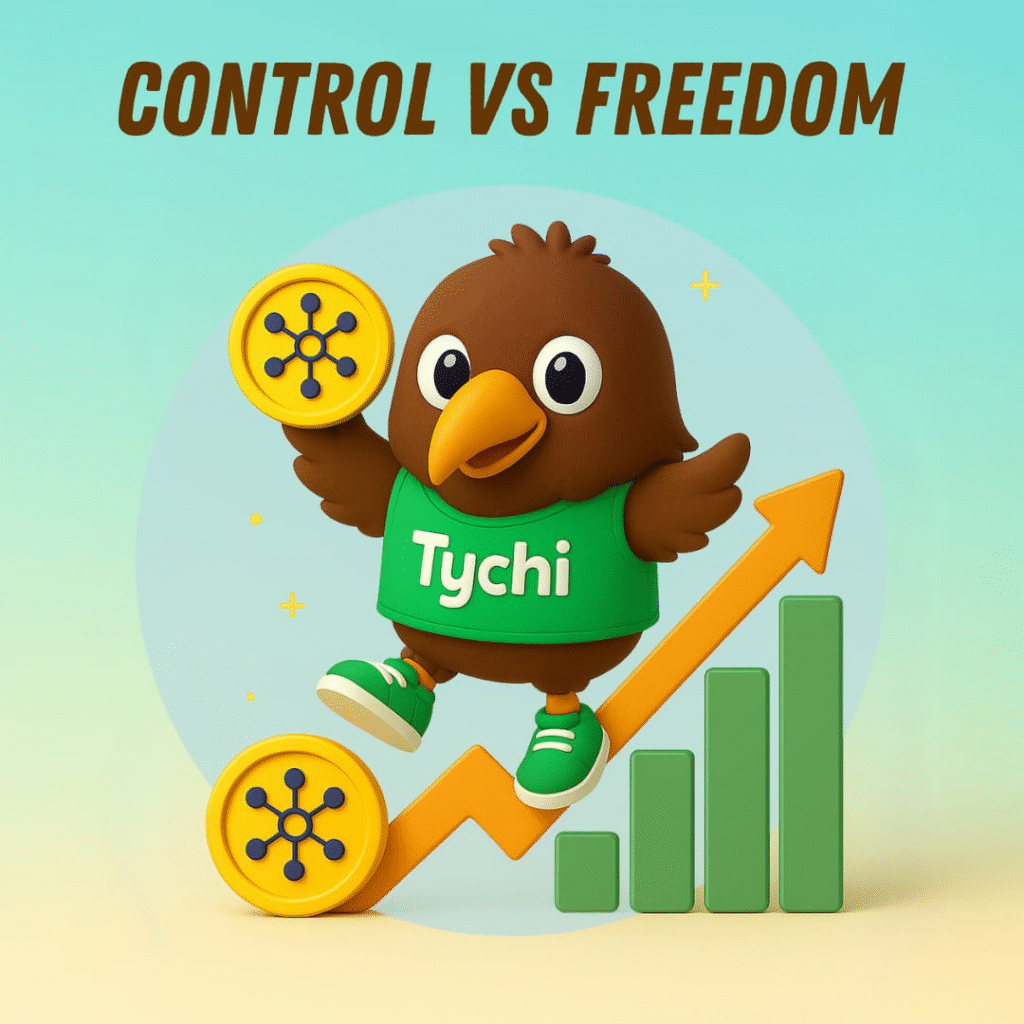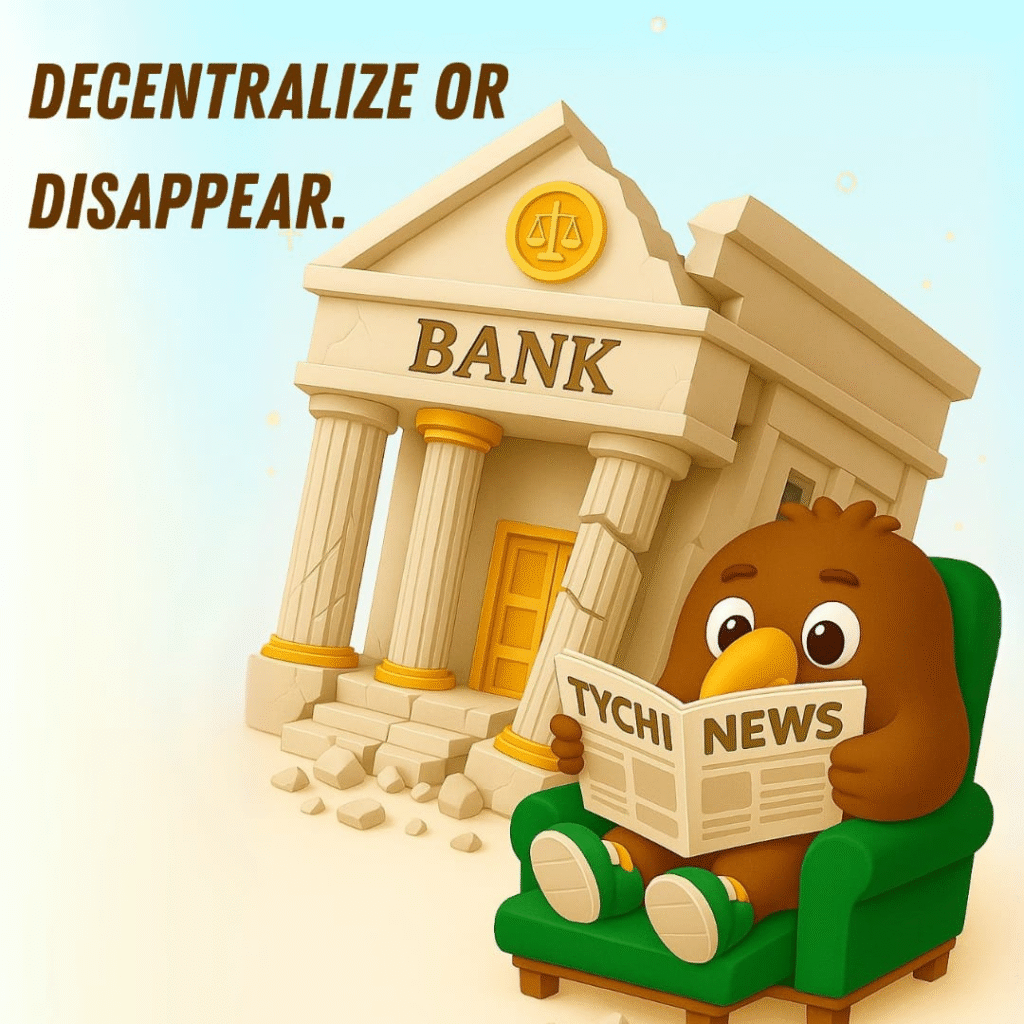
As the internet continues to evolve, so do the structures that govern how we interact online. Web2 brought remarkable advancements, but it also introduced serious concerns around ownership, privacy, and control. Web3 aims to solve many of these issues. This post explores the shift from Web2 to Web3 — what’s broken, and how it’s being fixed.
The Web2 Model Limitations
The internet has transformed how we engage with the world. The current phase—often called Web2—has fundamentally changed how we live, work, and connect. Users often do not own their content, data, or identity. Instead, they operate within ecosystems controlled by entities that dictate terms, moderate visibility, and monetize user-generated content undermining the individual. As a result, the people who don’t power the internet are frequently excluded from its rewards.
Web3: A Decentralized Response
Web3 represents an effort to correct this imbalance. At its core, it enables individuals to regain control of their online presence through technologies like block chain, smart contracts, and decentralized applications (DApps). In this emerging ecosystem, individuals can own their digital assets, participate in decision-making through DAOs, and move freely between the platforms without sacrificing privacy or control. The emphasis is on participation over permission, and ownership over access
A More Equitable Digital Economy
This shift also opens new doors for innovation and fair value distribution. Web3 enables direct monetization for creators and contributors, removing many of the intermediaries that currently dominate the digital economy. Open-source innovation is encouraged, and anyone with the capability and vision can contribute—without needing permission from gatekeepers. In contrast to the extractive models of Web2, Web3 aspires to build networks where value is shared more equitably among all participants.
Challenges and the Road Ahead
While Web3’s vision is ambitious, its challenges are real. The learning curve remains steep, the technologies are still developing, and ensuring security at scale. However, the direction is clear. While Web2 delivered scale, speed, and convenience, Web3 is laying the foundation for an internet that prioritizes agency, fairness, and ownership. As we move forward, the evolution of the internet represents not just a technological upgrade—but a societal shift toward a more inclusive and accountable digital future.
